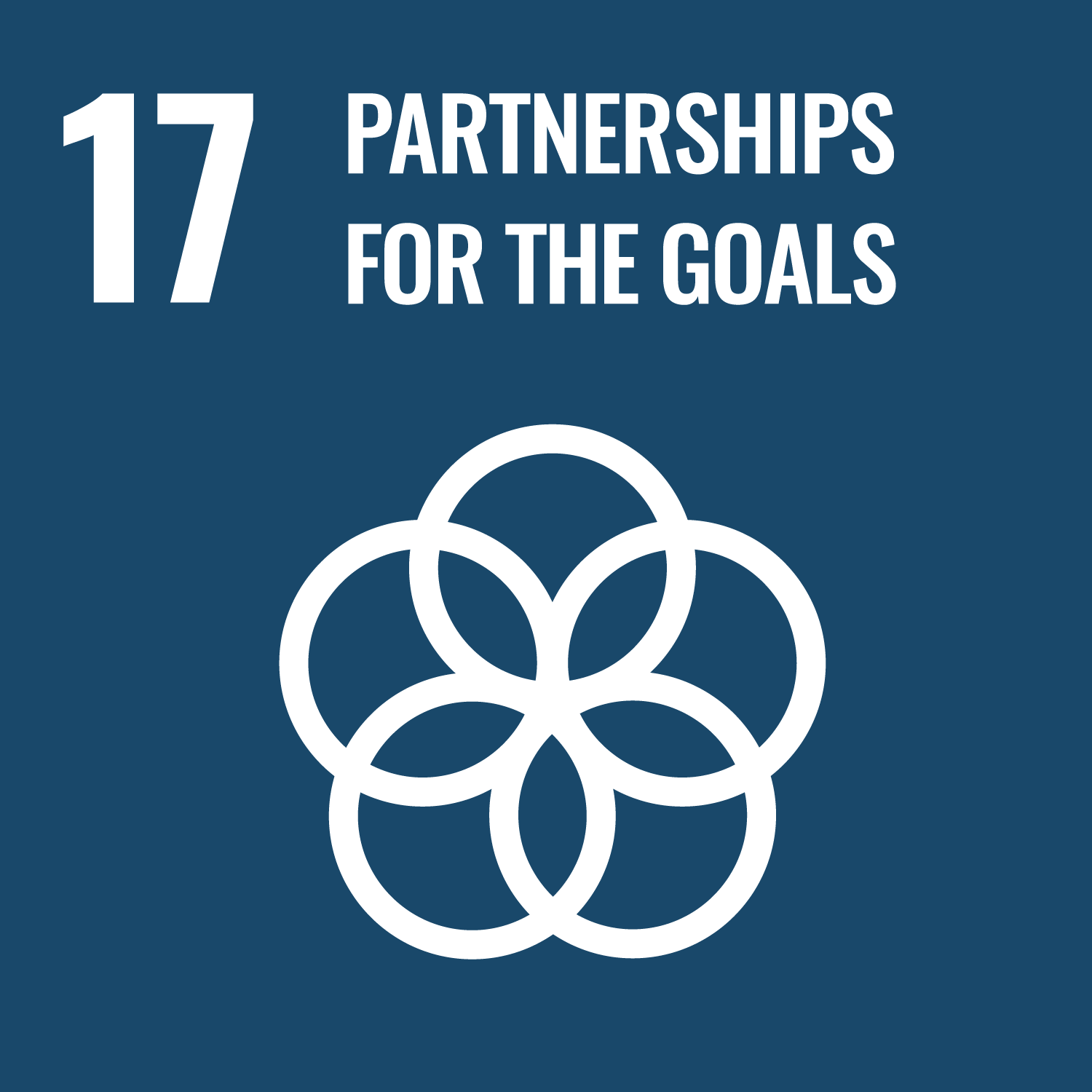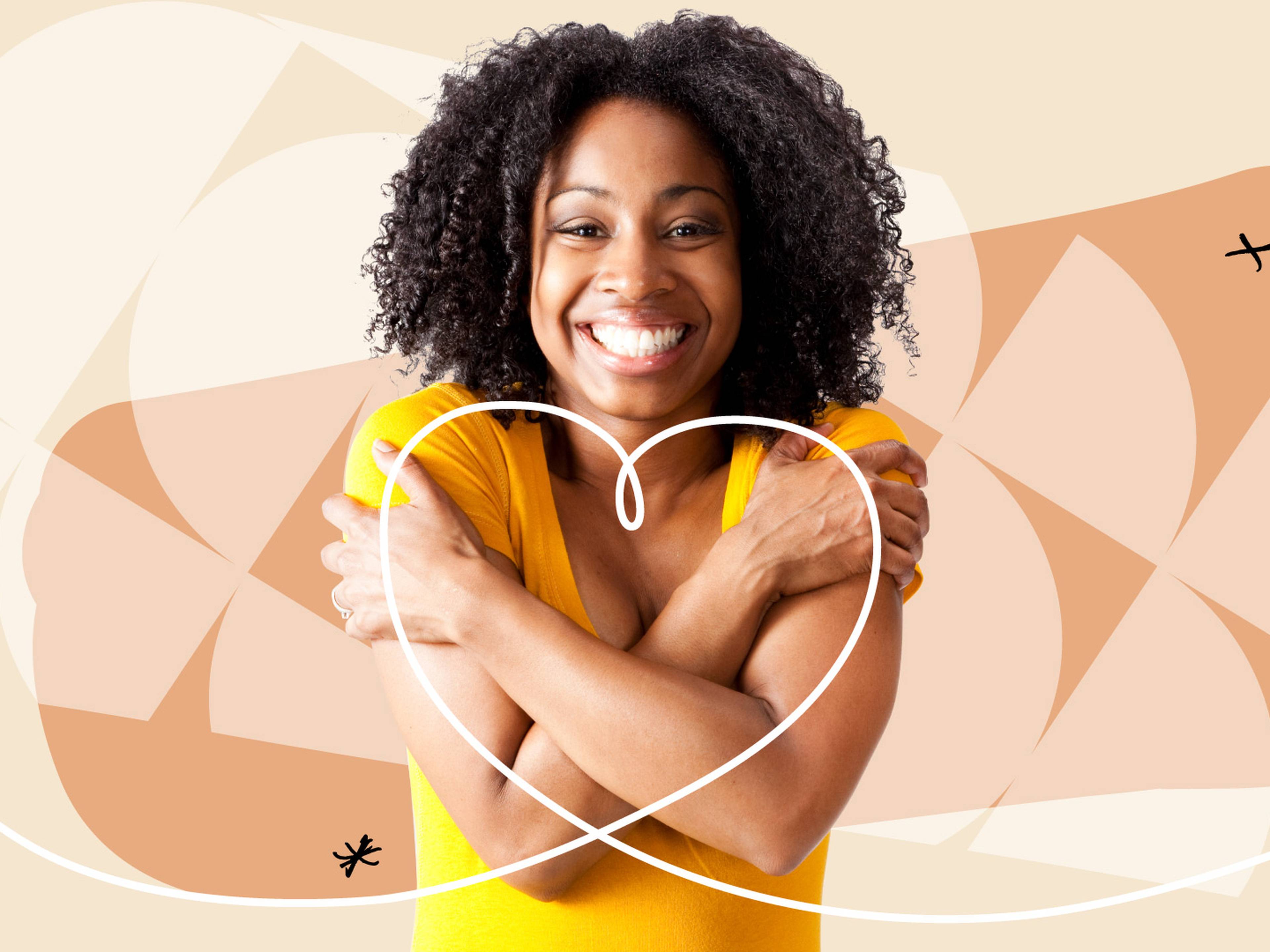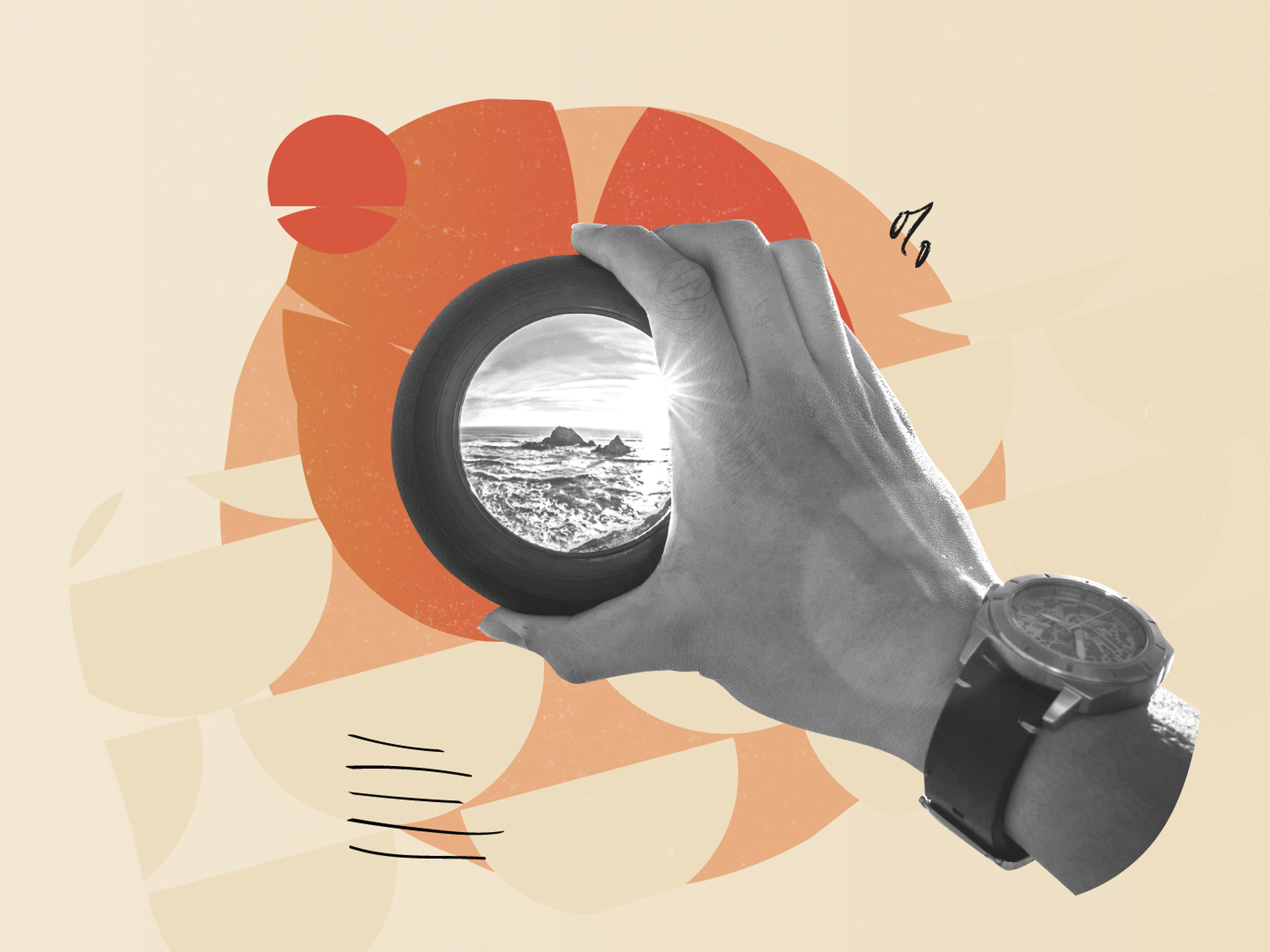Sustainability.
Womanon plays an important role in contributing to the achievement of the UN Sustainable Development Goals.
The UN SDGs provide the global community with a road map for action and partnership in combating challenges related to economic, social, and environmental sustainability. We focus on the goals that have a relationship with women's health, and driving economic, environmental, and societal progress.
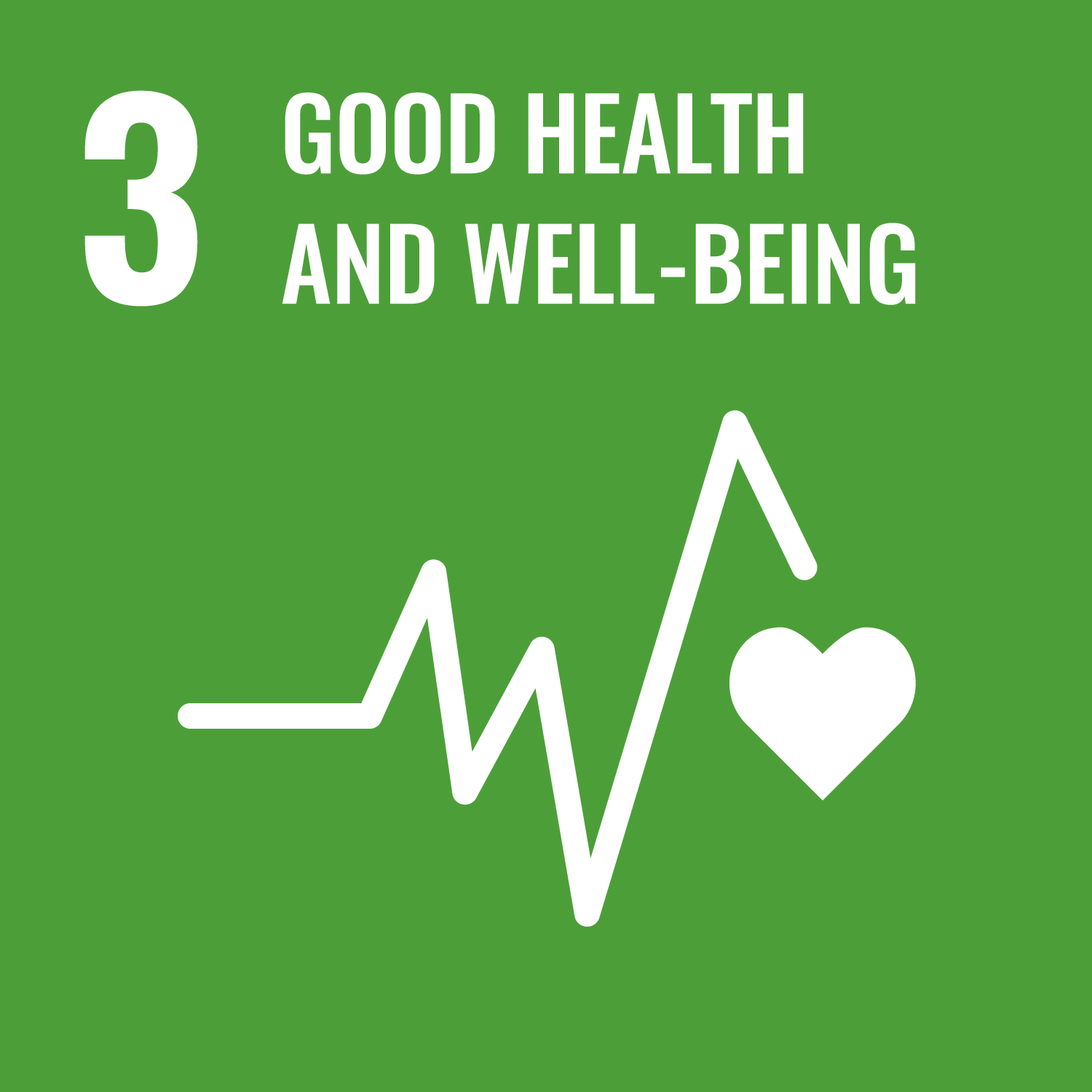
Goal 3: Good Health and Well-Being
Governments and enterprises disproportionately distribute resources, prioritising certain diseases while undervaluing other prevalent diseases. The result is that health burdens for women are systematically underestimated with an absence of data that exclude or undervalue important conditions. Women face barriers to care, diagnosis, and treatment.
Goal 4: Quality Education
Many women experience challenges in clinical settings as women's pain is minimised and considered over-reactions. These experiences strain the patient-provider relationship as physicians view women as incapable of giving knowledge about their bodies and women, in turn, feel misunderstood and unheard. Womanon's diagnostic tools therefore minimise the reliance on physicians knowing when to use them and empower women with affordable and effective at-home diagnosis ensuring they have agency over their health.
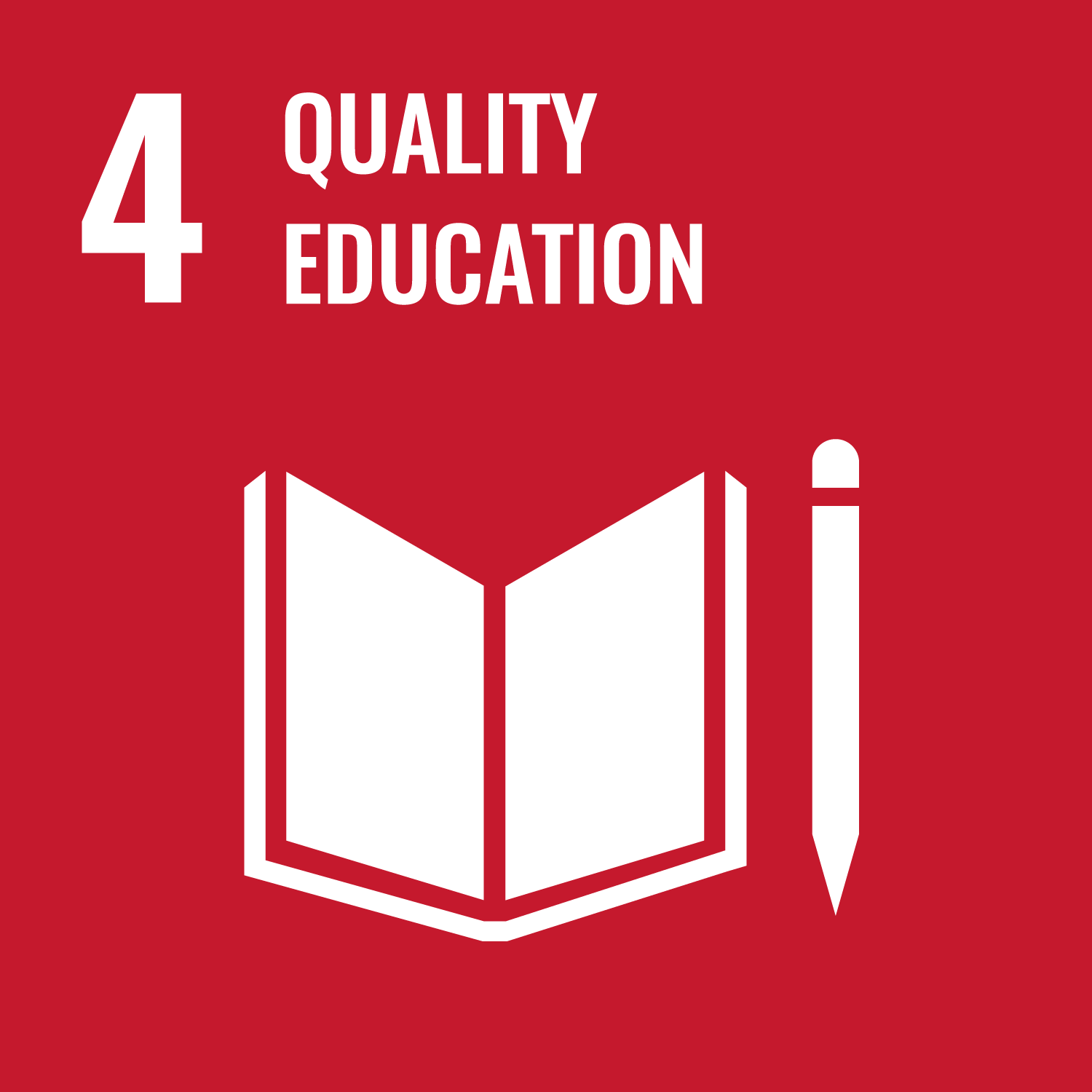
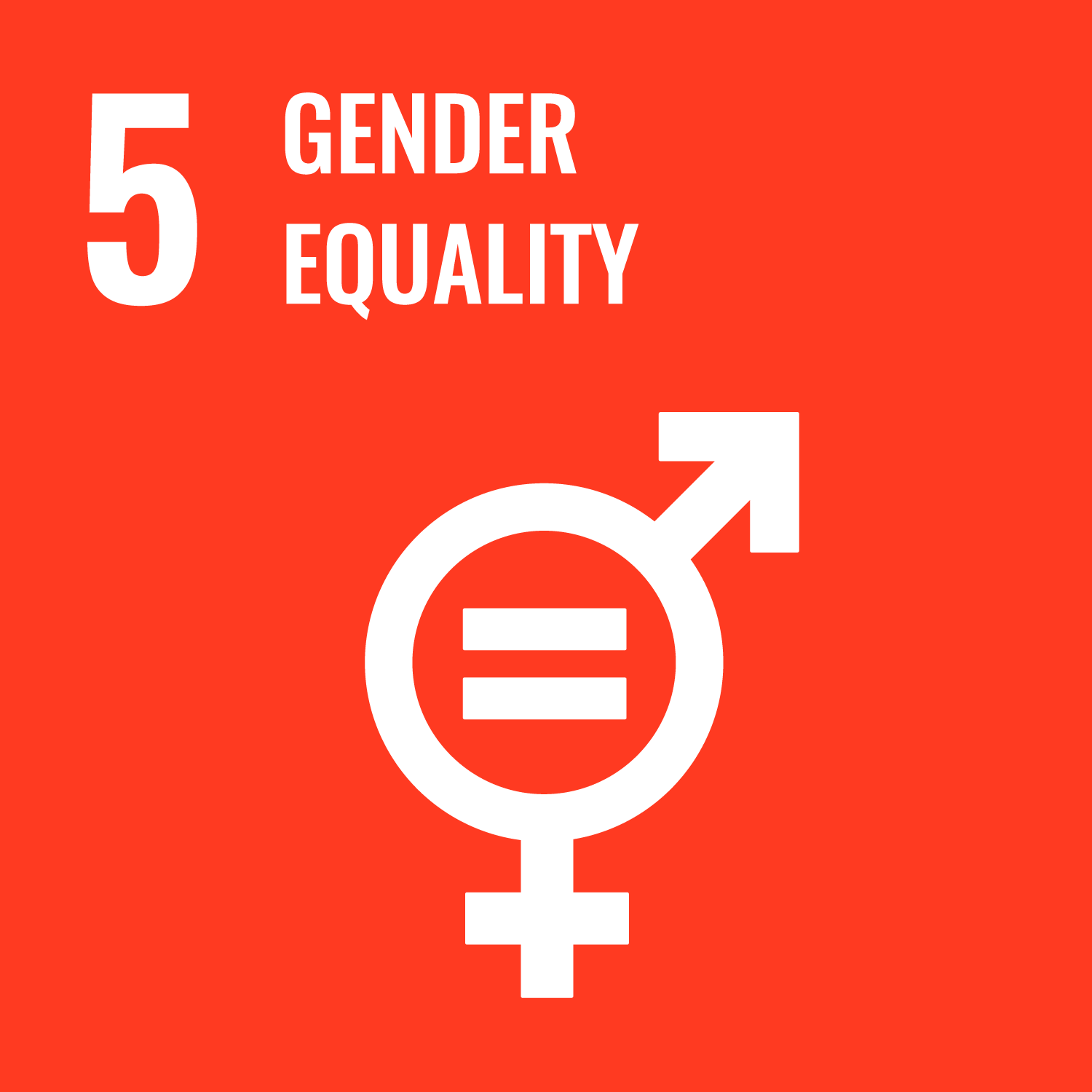
Goal 5: Gender Equality
Girls in developing countries miss up to 5 days of education monthly while they menstruate. This perpetuates educational disparities hindering their overall development, contributing to girls feeling ashamed and isolated, impacting their confidence, mental health, and overall educational experience. Taboos and myths related to menstruation often portray girls and women as inferior to boys and men. Womanon undertakes education programmes fostering an environment where women's health is normalised and integrated into societal discourse.
Goal 6: Clean Water and Sanitation
2.4 billion people lack access to proper sanitation facilities. Girls and women are particularly affected by this lack of access to privacy and hygiene. Womanon has continued to initiate and engage on campaigns, grow coalitions, and coalesce themes and learnings that can be applied across geographies and sectors, including the need for adequate water and sanitation facilities, disposal systems, safe and sustainable hygiene products.
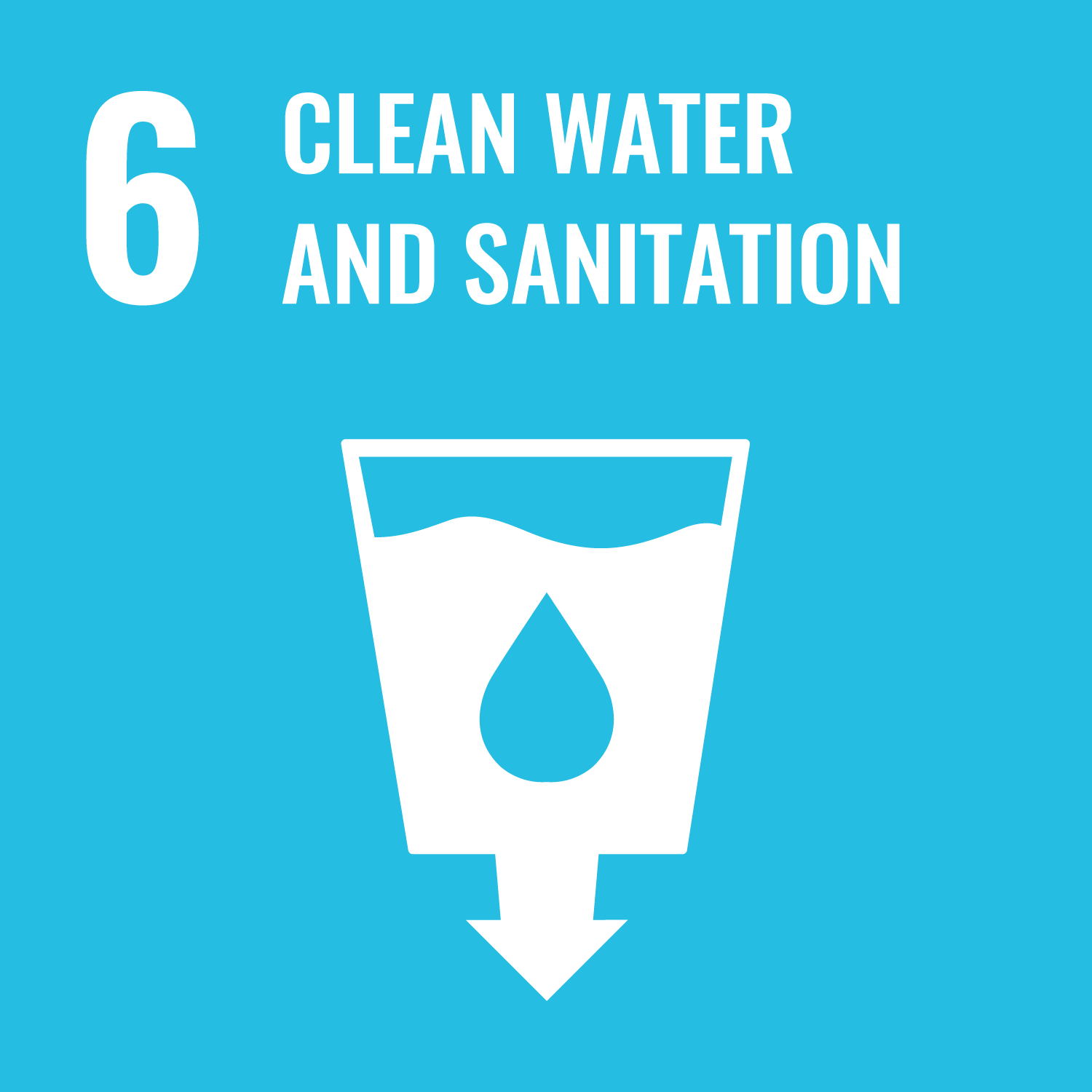
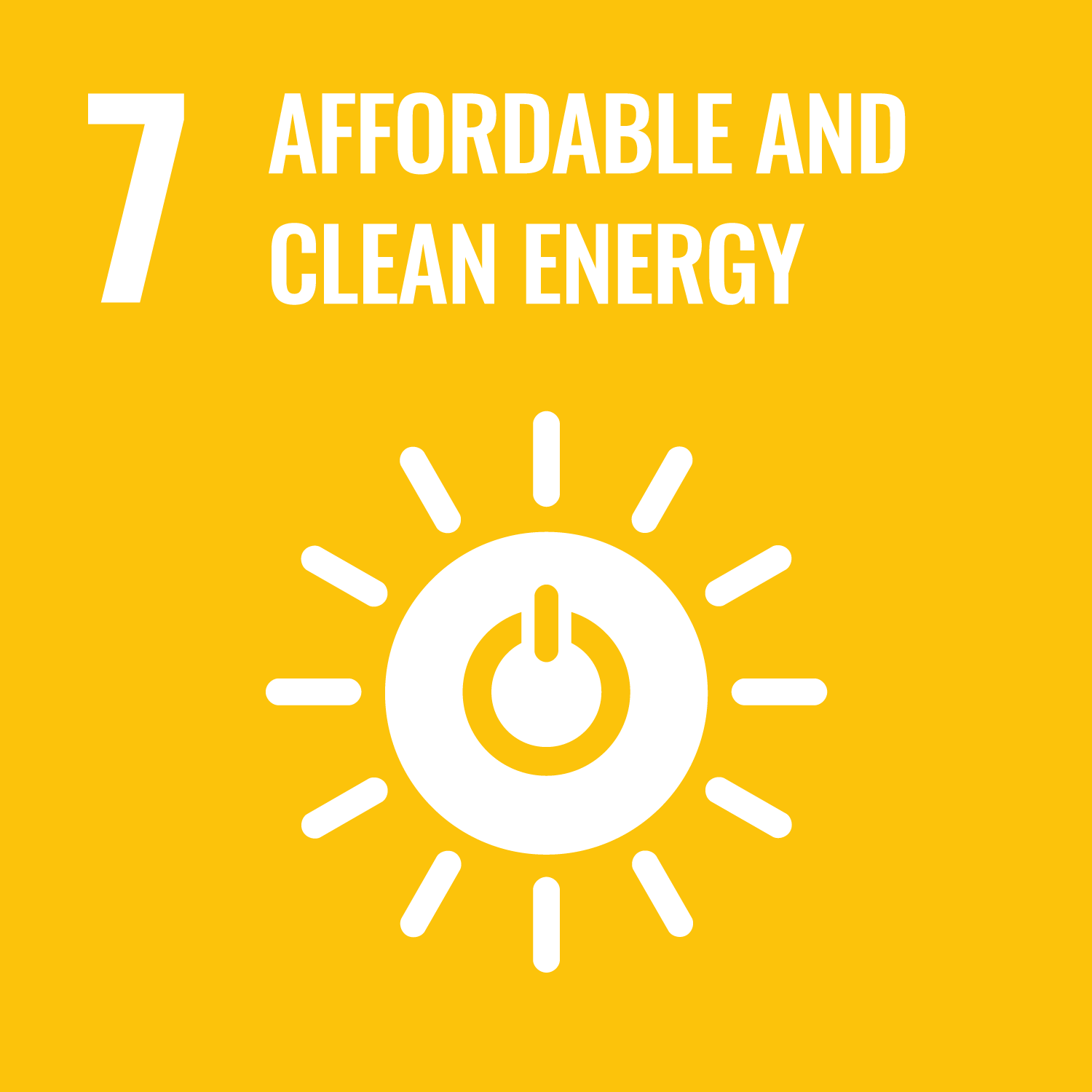
Goal 7: Affordable and Clean Energy
Energy self-sufficiency improves our profitability and increases energy security, while reducing carbon emissions. We invest in optimising energy and process efficiencies and replacing fossil fuel-based energy with renewable sources.
Goal 8: Decent Work and Economic Growth
Workplace environments often lack adequate facilities and resources for women to manage their health. Women face obstacles in accessing sanitary products and private spaces, leading to discomfort, anxiety, and compromised productivity. To improve accessibility and provide a sustainable and dignified way for women and girls to manage their health, Womanon is deploying dispensers in workplaces, schools, public spaces, and communities.
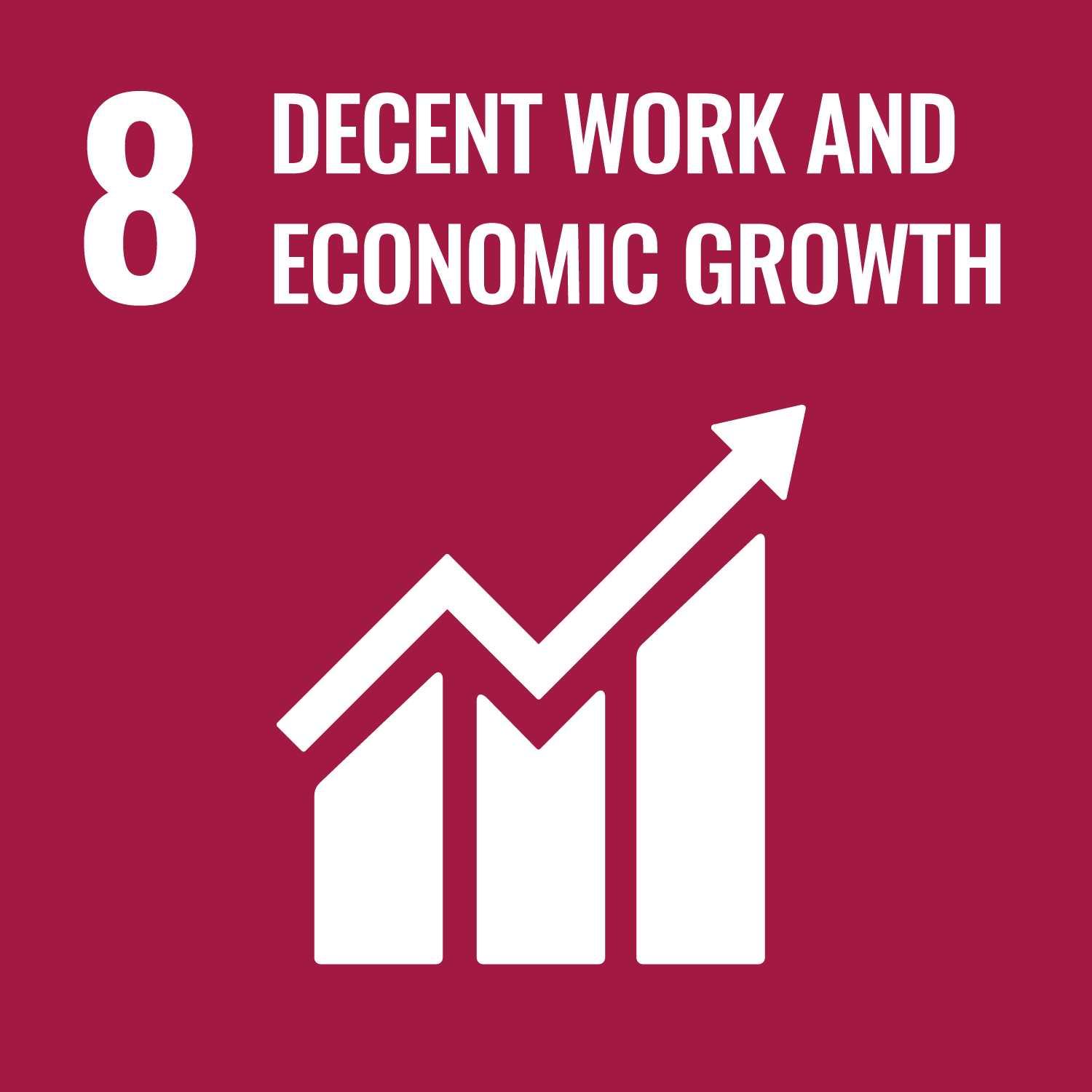
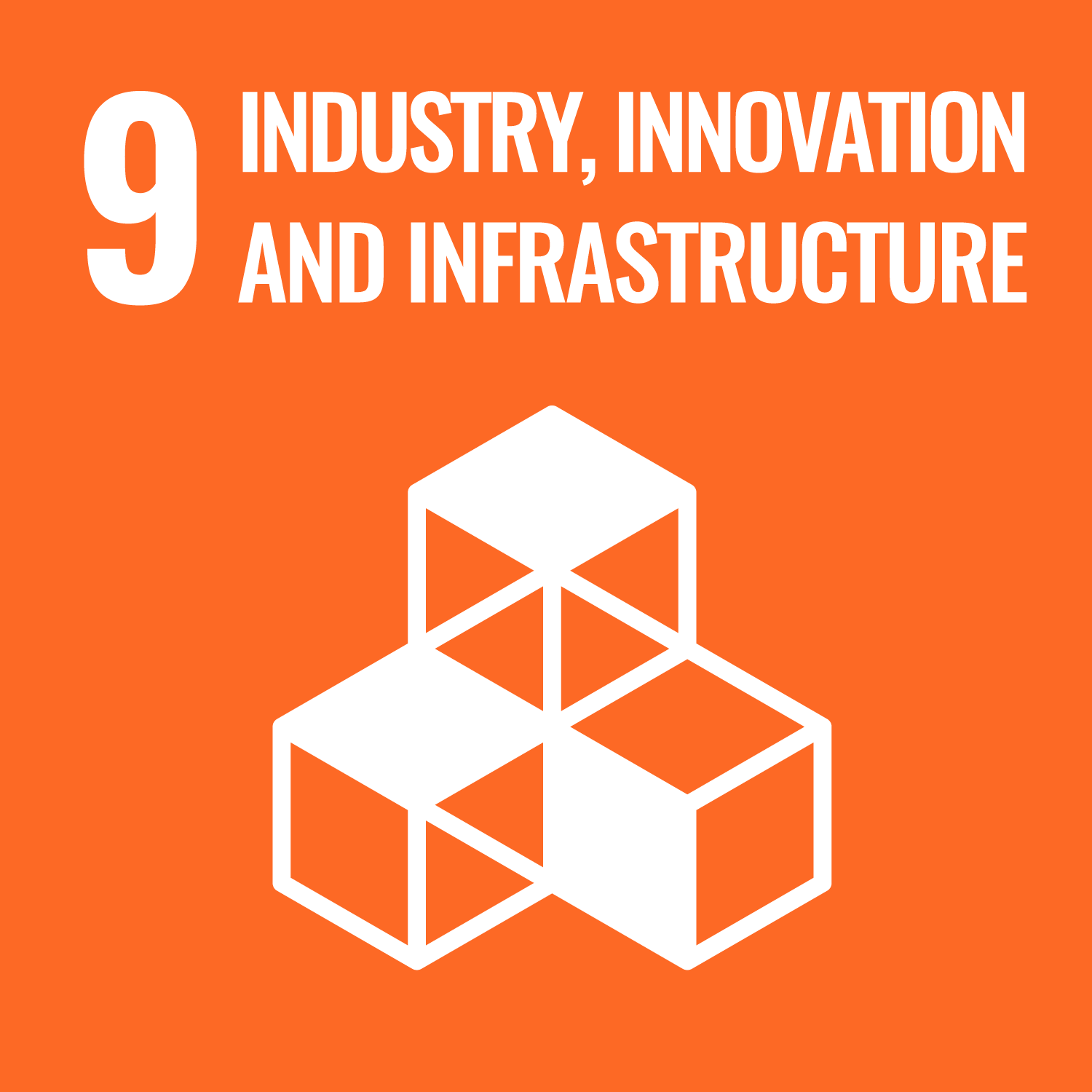
Goal 9: Industry, Innovation, and Infrastructure
We invest in local infrastructure and operations, creating business opportunities and driving collaboration. Our purpose to make women's health affordable, accessible, and sustainable by design means that we take a leading role in product innovation and design to shape the future of a circular economy. We have clear investment plans for our operational infrastructure that drives resource efficiency and shifts to renewable sources.
Goal 10: Reduce Inequalities
Access to healthcare, specifically women's healthcare, and the quality of care varies significantly across countries due to differences in available resources and diverse cultures surrounding women's health. Womanon's holistic, integrated approach to women's health advances diagnostics, treatments, and pathways to cures, closing the women's health gap, reducing suffering, and improving the quality of life for women and girls across all contexts.
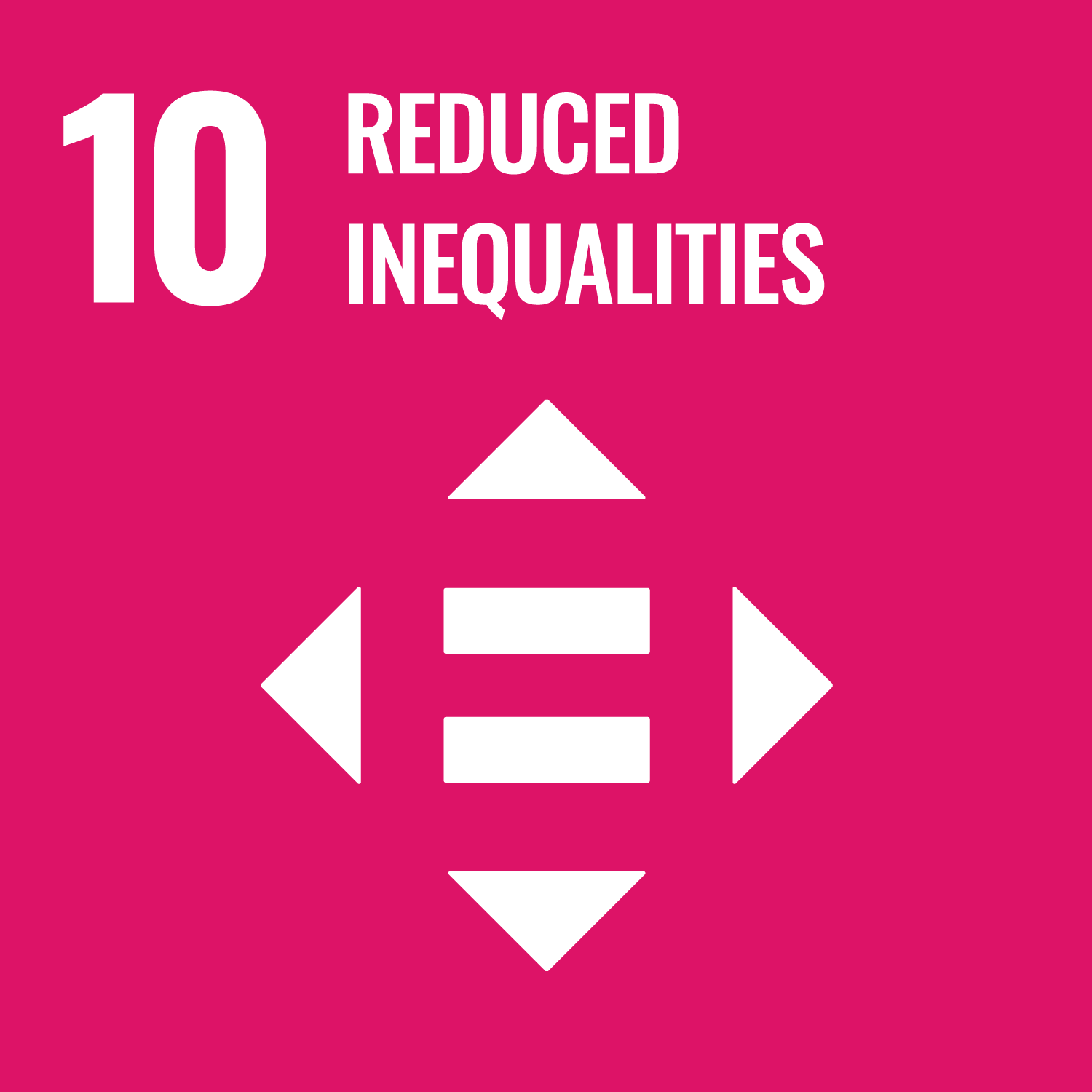
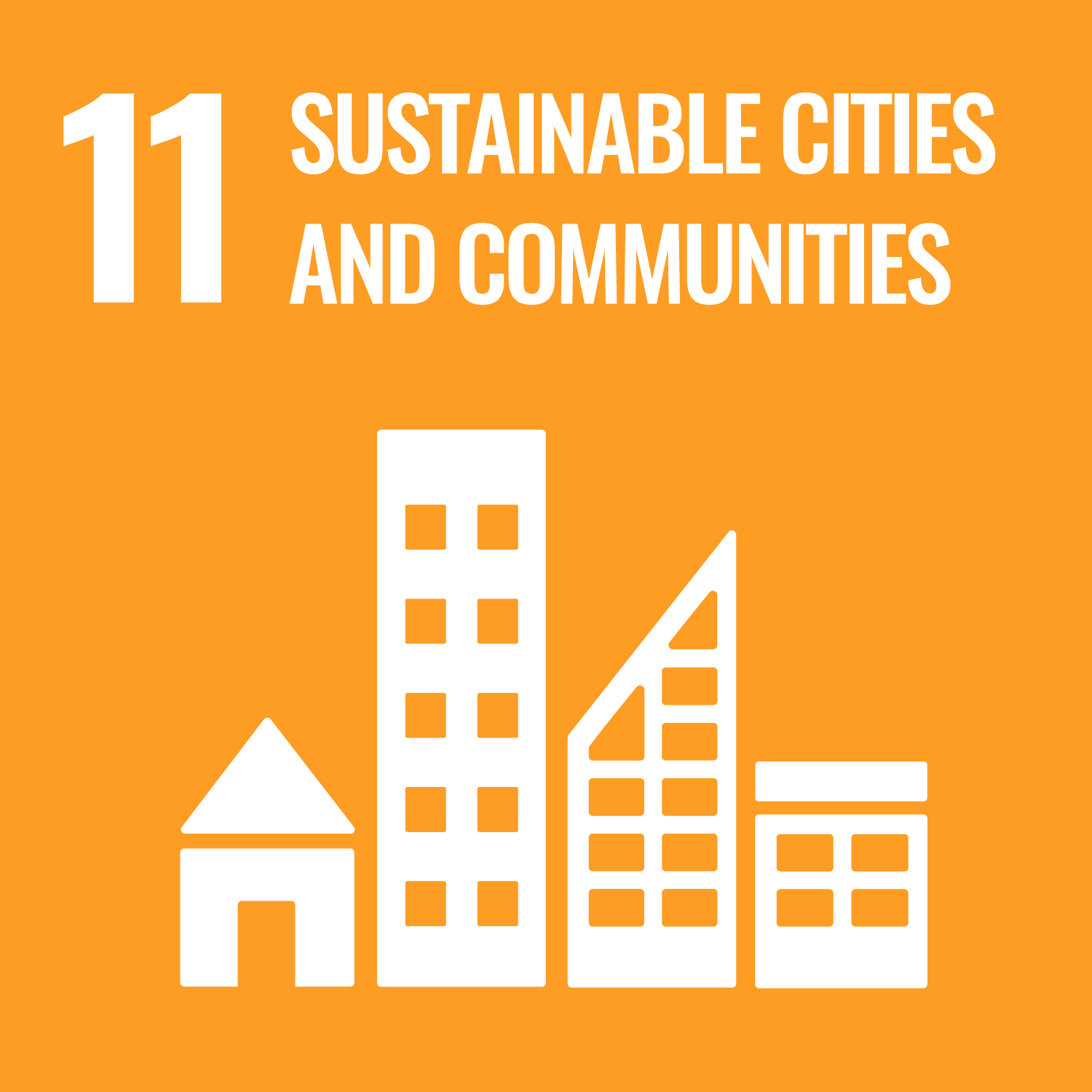
Goal 11: Sustainable Cities and Communities
Womanon provides sustainable products of the highest quality, in the quantities needed to ensure accessibility and affordability. Fully localised in South Africa the product line, including the packaging, is plastic-free and biodegradable. No synthetic or semisynthetic fibres are utilised, and no bonding agents. The products utilise the latest generation of manufacturing technology to incorporate plant-based fibres cultivated in South Africa. To alleviate burdens on urban and rural sanitation systems relevant products are flushable.
Goal 12: Responsible Consumption and Production
While tampons and pads remain the most popular menstrual hygiene products in developed countries, their single-use nature and plastic non-decomposable composition leads to build up of these products in landfills and increases microplastics in the ocean. Innovation in sustainable production and packaging has resulted in Womanon eliminating plastic waste and reducing environmental impacts of women's health. The efficient use of raw materials and energy is fundamental to being a sustainable organisation and we innovate to design fit-for-purpose solutions for a sustainable end-of-life for all our products.
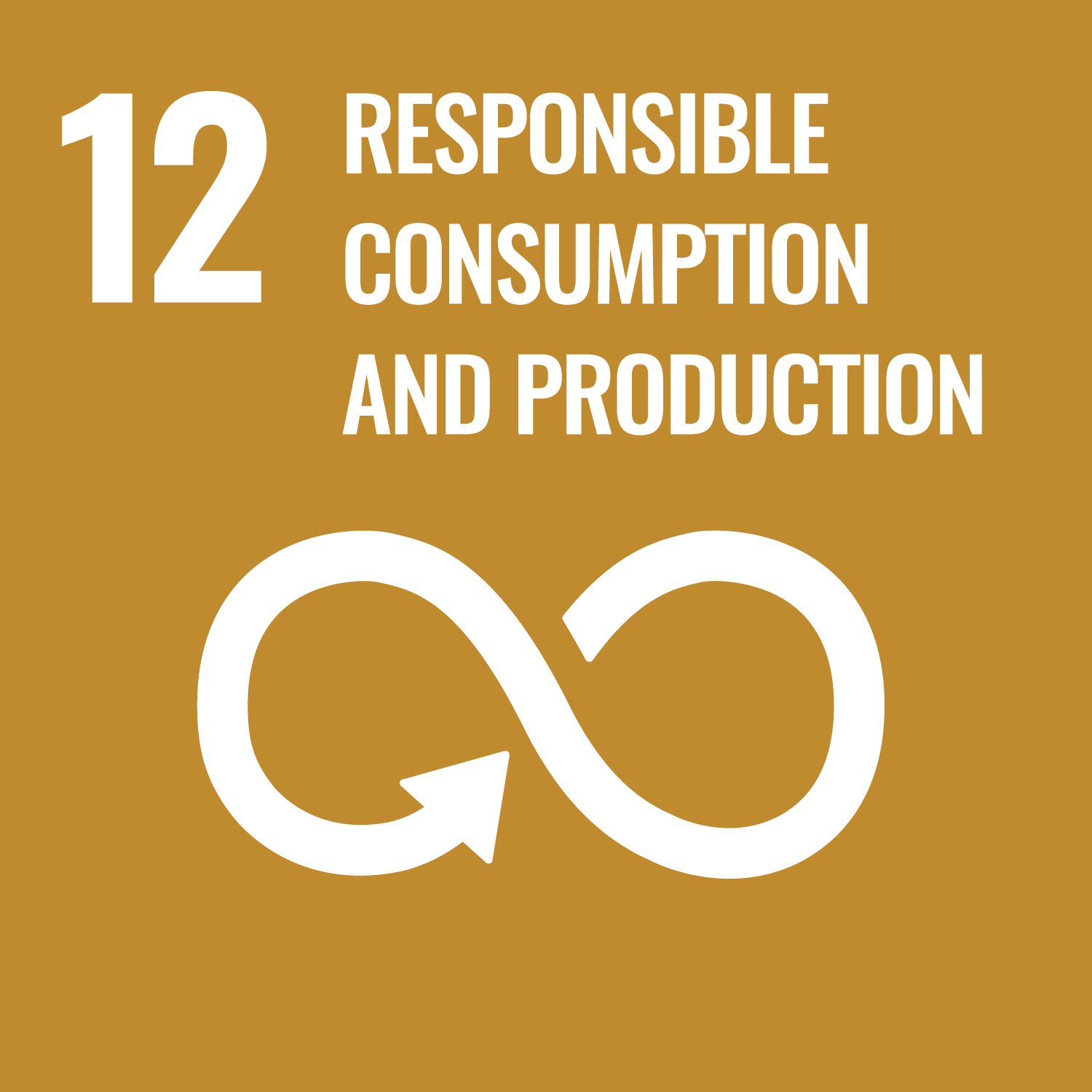
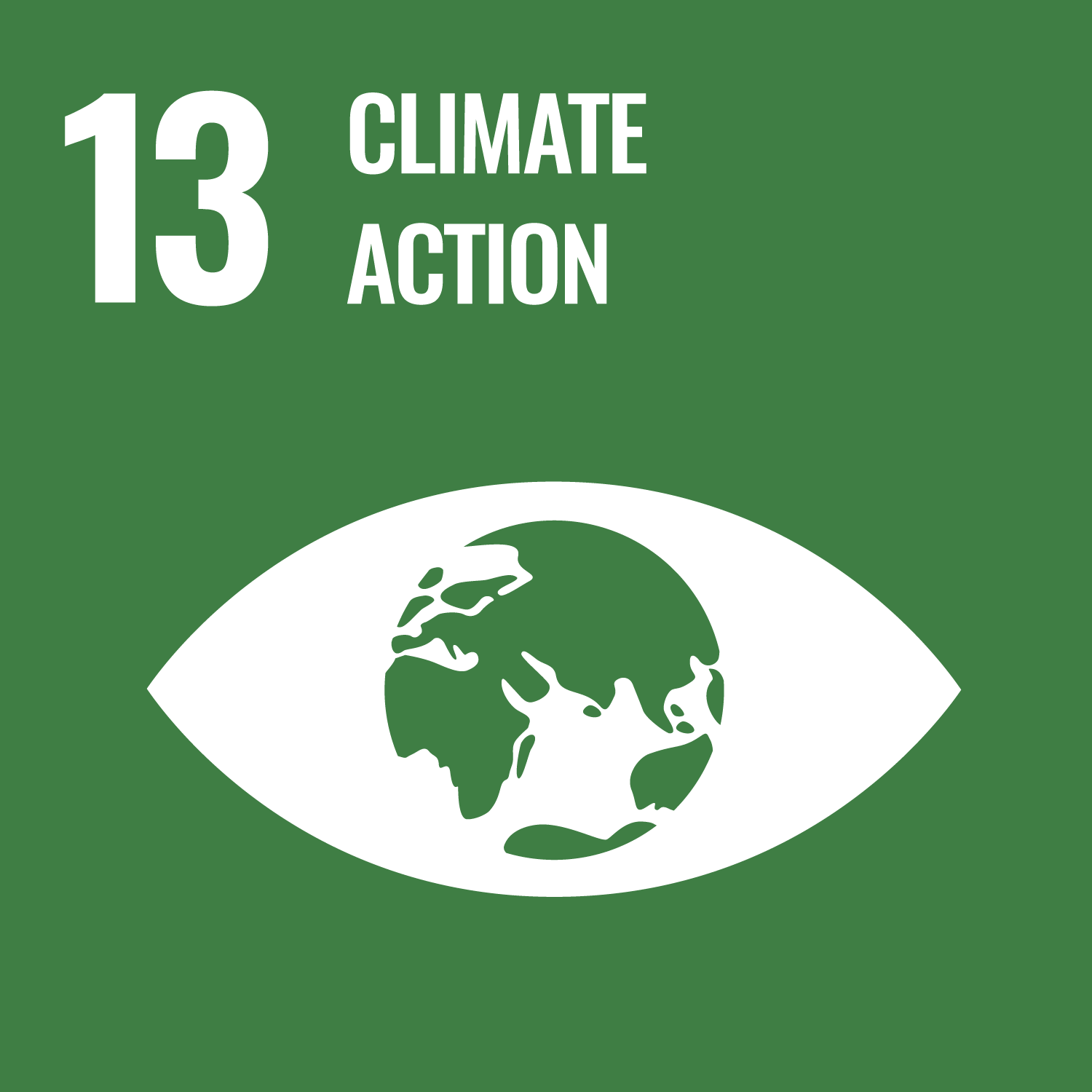
Goal 13: Climate Action
Our climate action tackles the interconnected challenges of climate change, deforestation, water scarcity and biodiversity loss. We commit to reducing greenhouse gas emissions, improving the resilience of forests, and managing our impacts on biodiversity and freshwater ecosystems. We support the transition to a low-carbon economy as we deliver against our science-based Net-Zero targets. We will continue to strategically invest in our operations and increase the usage of renewables.
Goal 17: Partnership for the Goals
According to the United Nations, successful implementation of solutions that address the sustainable development goals requires strong partnerships among groups that share the same vision. Throughout our operations we partner with industry, academia, and government who are also working towards sustainable and globally accessible solutions.
